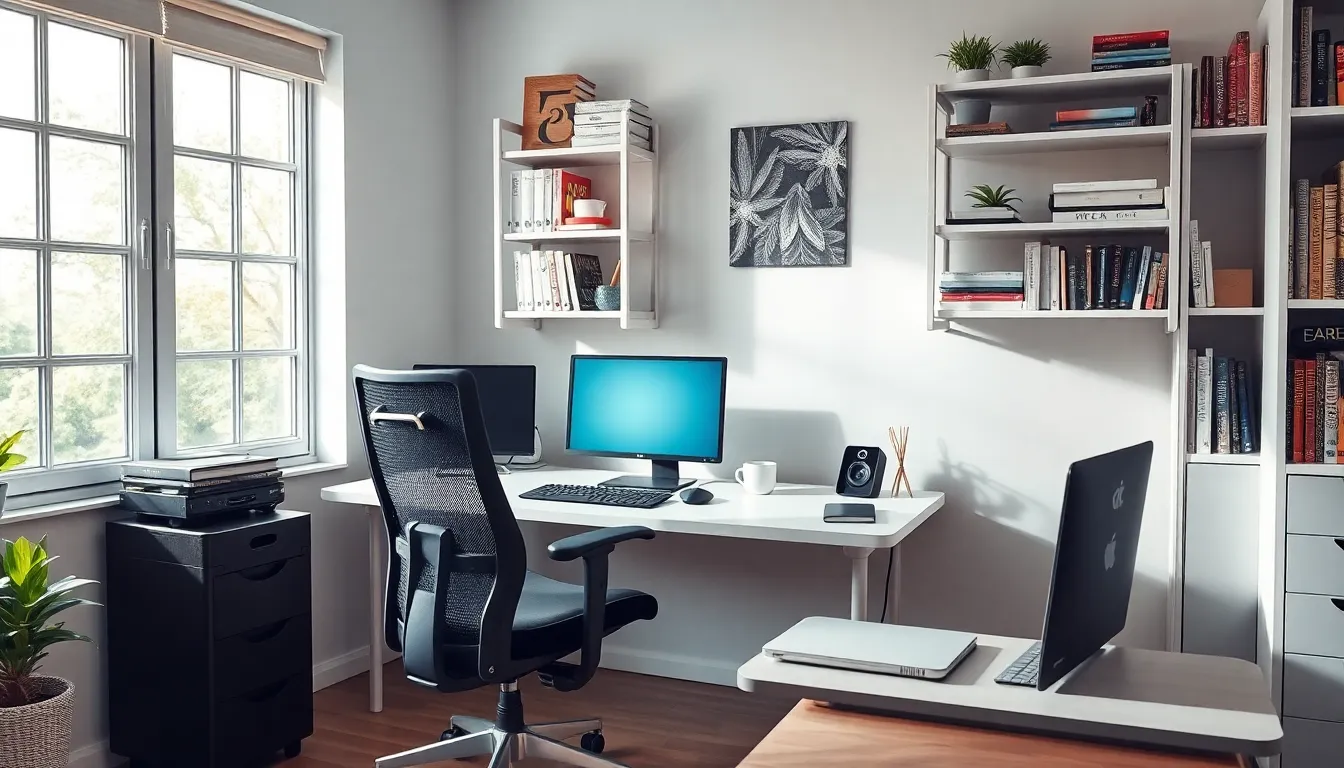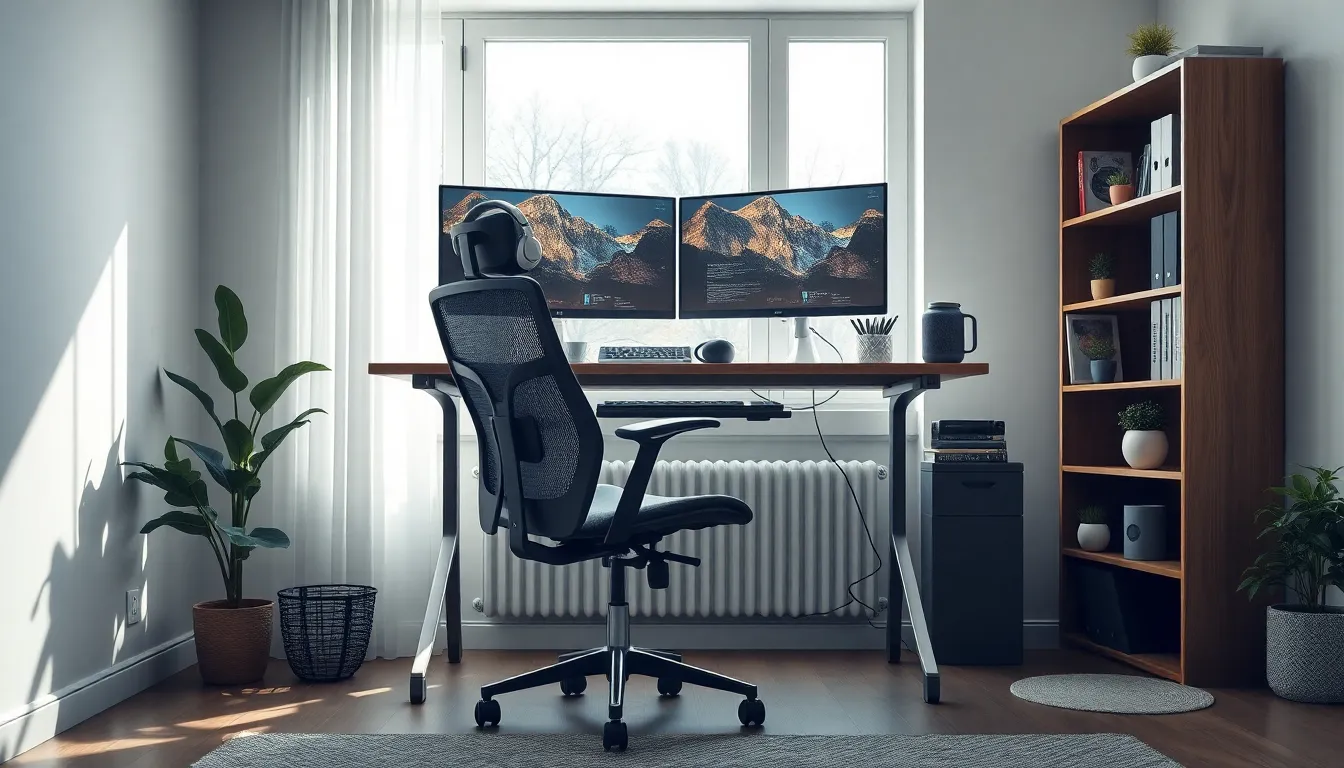Table of Contents
ToggleIn a world where pajamas have become the new business casual, working from home can feel like a dream come true—or a chaotic nightmare. With the right strategies in place, it’s possible to transform that cluttered kitchen table into a productivity powerhouse. Who knew that your couch could double as a conference room?
Understanding Work From Home Best Practices
Creating a productive work-from-home environment involves several best practices. First, establishing a dedicated workspace helps minimize distractions. This area should contain essential tools like a computer and ergonomic seating.
Staying organized contributes significantly to productivity. Organizing digital files and maintaining a clean physical space prevents unnecessary clutter. Using task management apps can streamline work processes, ensuring deadlines remain visible.
Maintaining a routine also proves beneficial. Setting specific working hours fosters a sense of normalcy. It’s recommended to take regular breaks to recharge, enhancing overall focus and creativity.
Communication remains crucial in remote work scenarios. Regular check-ins with colleagues promote collaboration. Utilizing video calls for meetings can enhance interpersonal connections that might feel lacking in a virtual environment.
Prioritizing mental well-being plays an important role as well. Engaging in physical activities and socializing, even virtually, can mitigate feelings of isolation. Implementing mindfulness practices, such as meditation, boosts mental clarity.
Balancing work and personal life is essential for sustainability. Clearly defined boundaries help separate professional responsibilities from personal activities. This separation assists in achieving long-term productivity and satisfaction while working from home.
Setting Up Your Home Office


Creating an effective home office starts with a dedicated workspace. This area must prioritize productivity and minimize distractions.
Choosing The Right Space
Selecting an appropriate location is crucial. A quiet corner of the house or a separate room creates a boundary between work and personal life. Avoid spaces with high traffic, such as near the kitchen or living room. Natural light enhances mood and focus, so consider areas with windows. If limited space exists, using a foldable desk can maintain versatility. Ergonomic considerations should guide decisions too; a chair that supports good posture prevents discomfort.
Essential Equipment
Investing in the right tools maximizes efficiency. A reliable computer serves as the hub for work processes. Quality monitors enhance visibility and reduce eye strain. Consider a headset with a microphone for clear audio during calls. Use an ergonomic keyboard and mouse to promote comfort and productivity. High-speed internet also supports seamless connectivity and communication. Incorporate storage solutions like filing cabinets or shelves to keep the workspace organized and clutter-free.
Maintaining Work-Life Balance
Maintaining work-life balance is critical for remote workers. Effective strategies help achieve this harmony.
Creating A Daily Schedule
Establishing a daily schedule enhances productivity. Start each day with set work hours, assigning specific tasks to timeslots. Include short breaks to rejuvenate during work sessions. This structure fosters a sense of normalcy and discipline. For instance, utilizing time-blocking methods helps prioritize high-impact tasks and reduces procrastination. Allocate time for personal activities as well. By scheduling both work and leisure, individuals enhance focus and maintain motivation throughout the day.
Establishing Boundaries
Setting clear boundaries separates work from personal life. Designate specific areas for work to prevent clutter and distractions at home. Communicate work hours to family members or housemates to minimize interruptions. For example, a sign on the door can serve as a visual reminder. Respecting off-work hours reinforces the importance of personal time. When disengaging from work, individuals can engage in hobbies or exercise, contributing to overall well-being. Maintaining these boundaries promotes long-term satisfaction and productivity.
Enhancing Productivity
Establishing a productive environment while working from home requires effective strategies. Prioritization of tasks and maintaining focus enhances overall efficiency.
Time Management Techniques
Adopting time management techniques significantly boosts productivity. Utilizing methods like the Pomodoro Technique encourages regular breaks, fostering sustained concentration. Scheduling specific time blocks for tasks aids in maintaining a structured workflow. Prioritizing high-impact tasks during peak energy times ensures essential responsibilities receive immediate attention. Setting deadlines creates a sense of urgency, further enhancing focus on completion.
Minimizing Distractions
Identifying and minimizing distractions is essential for productive work. Creating a dedicated workspace helps limit interruptions from household activities or noise. It’s crucial to communicate work hours to family members, reducing the likelihood of distractions. Utilizing tools like noise-canceling headphones aids in maintaining focus amidst a bustling environment. Implementing digital breaks from social media or non-essential notifications also contributes to a more focused work session.
Staying Connected With Your Team
Staying connected with your team significantly improves collaboration and fosters community in a remote work environment. Effective communication strengthens relationships and enhances project outcomes.
Utilizing Communication Tools
Adopting various communication tools can streamline team interactions. Platforms like Slack, Microsoft Teams, and Zoom facilitate instant messaging and video conferencing. Utilizing these tools promotes quick feedback and clearer communication, ensuring everyone stays aligned. Regular use of project management software, such as Trello or Asana, allows team members to track progress and deadlines. Engaging in team channels for casual conversations can also build rapport, helping to replace the informal chats often missed in physical offices.
Regular Check-Ins
Scheduling regular check-ins keeps team members connected and informed. Weekly video meetings provide opportunities to discuss updates, address concerns, and engage in brainstorming sessions. Incorporating informal catch-ups helps foster personal connections and encourages open dialogue. Establishing a consistent check-in rhythm maintains accountability and supports timely problem-solving. Utilizing one-on-one meetings allows for personalized feedback, ensuring each team member feels valued and heard.








